Featured in
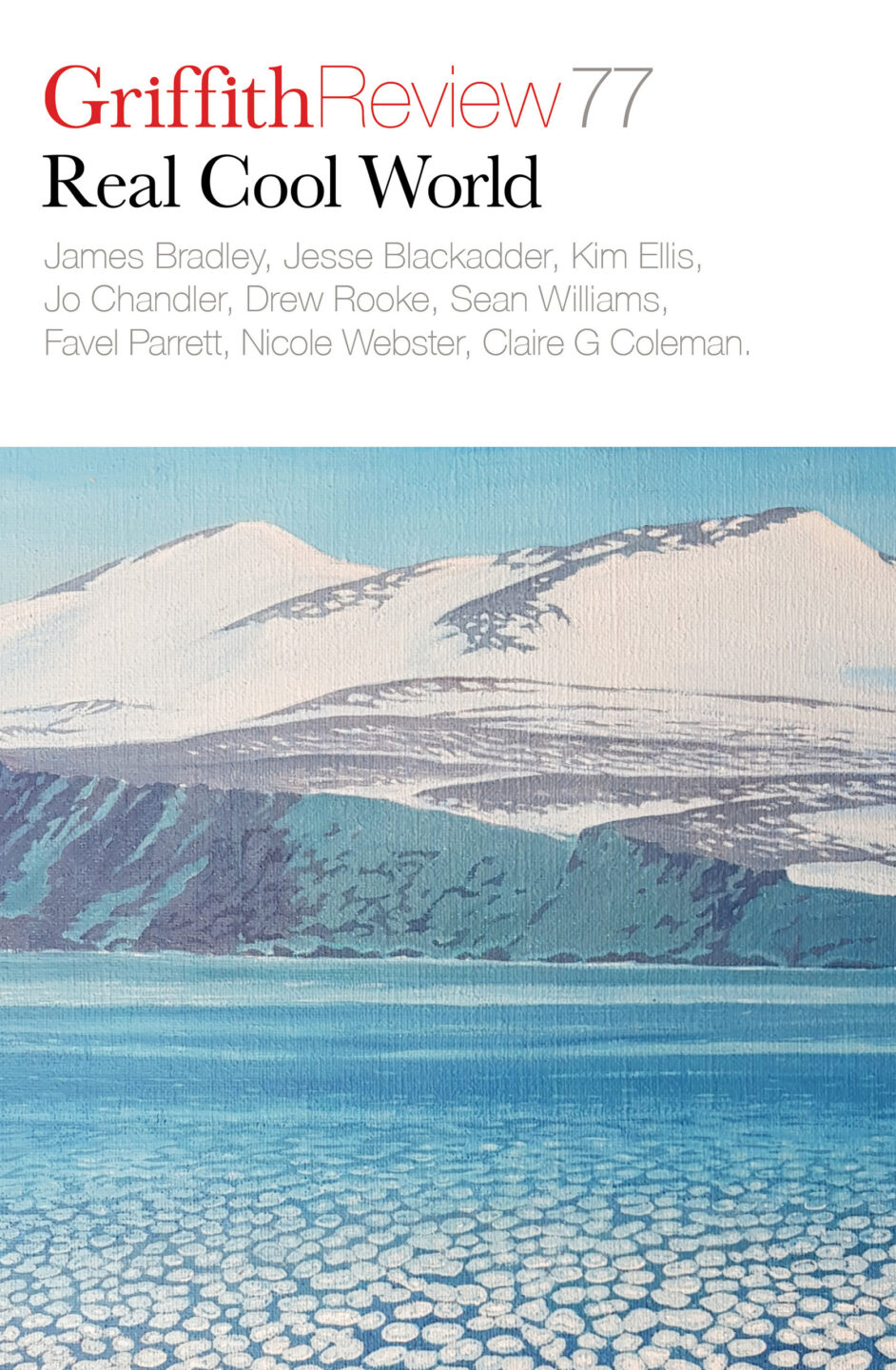
- Published 20220503
- ISBN: 978-1-922212-74-0
- Extent: 264pp
- Paperback (234 x 153mm), eBook
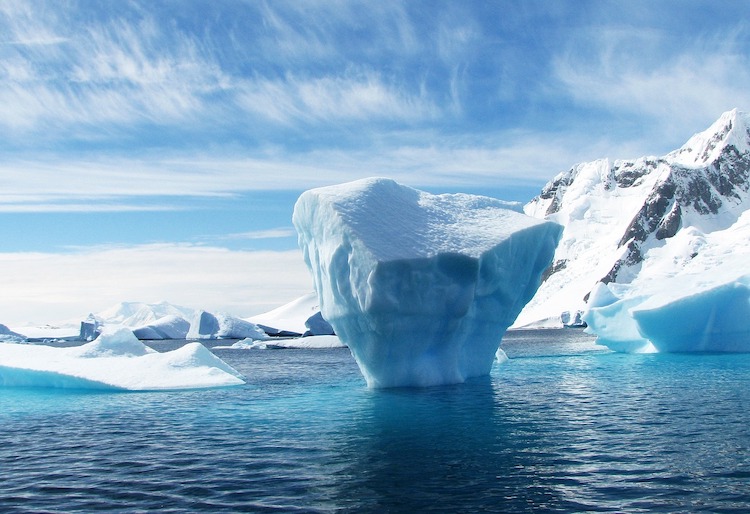

Already a subscriber? Sign in here
If you are an educator or student wishing to access content for study purposes please contact us at griffithreview@griffith.edu.au
Share article
About the author

Alessandro Antonello
Alessandro Antonello is a historian at Flinders University, Adelaide. His research investigates environmental and international histories of Antarctica, the global cryosphere, and oceans. His book The...
More from this edition
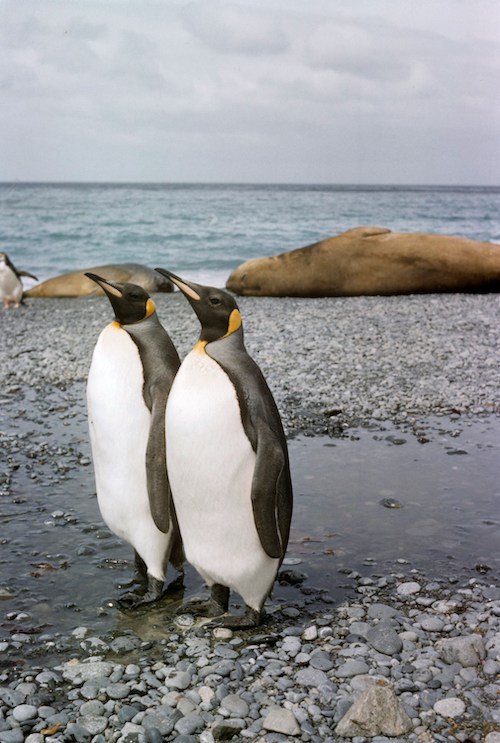
A subantarctic sentinel
ReportageIt didn’t take long for this knowledge to spread wider – and for Macquarie Island to become an open-air slaughterhouse. By December 1810, another three Sydney-based sealing gangs were operating there and, within the first eighteen months of operation, roughly 120,000 fur seals had been killed for their fine pelts.
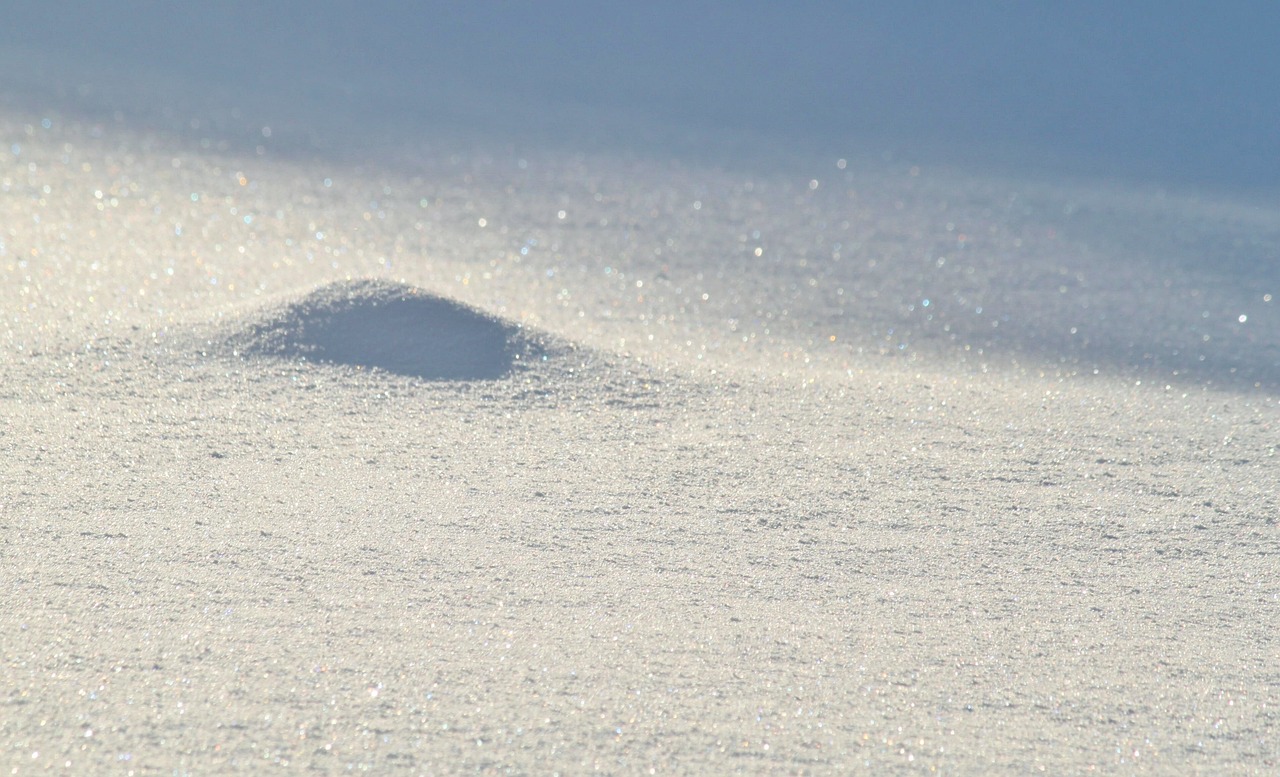
Red heart, red ship
MemoirWhen I was twelve years old, I was head over heels in love with a little red ship, the Danish polar vessel Nella Dan. She worked for the Australian Antarctic Division for twenty-six years, and in the 1980s Hobart was her home away from home.
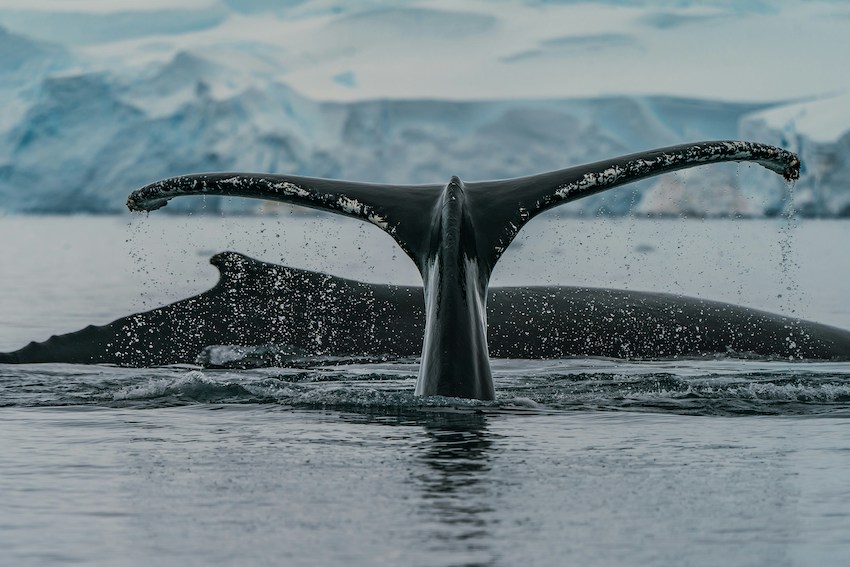
Blinding whiteness
EssayStories of animal migration to Antarctica, such as yalingbila, are reminders of global Indigenous connections to the frozen continent. As our kin traverse Antarctic waters, they too connect with the myriad creatures carving a living out of the ice.